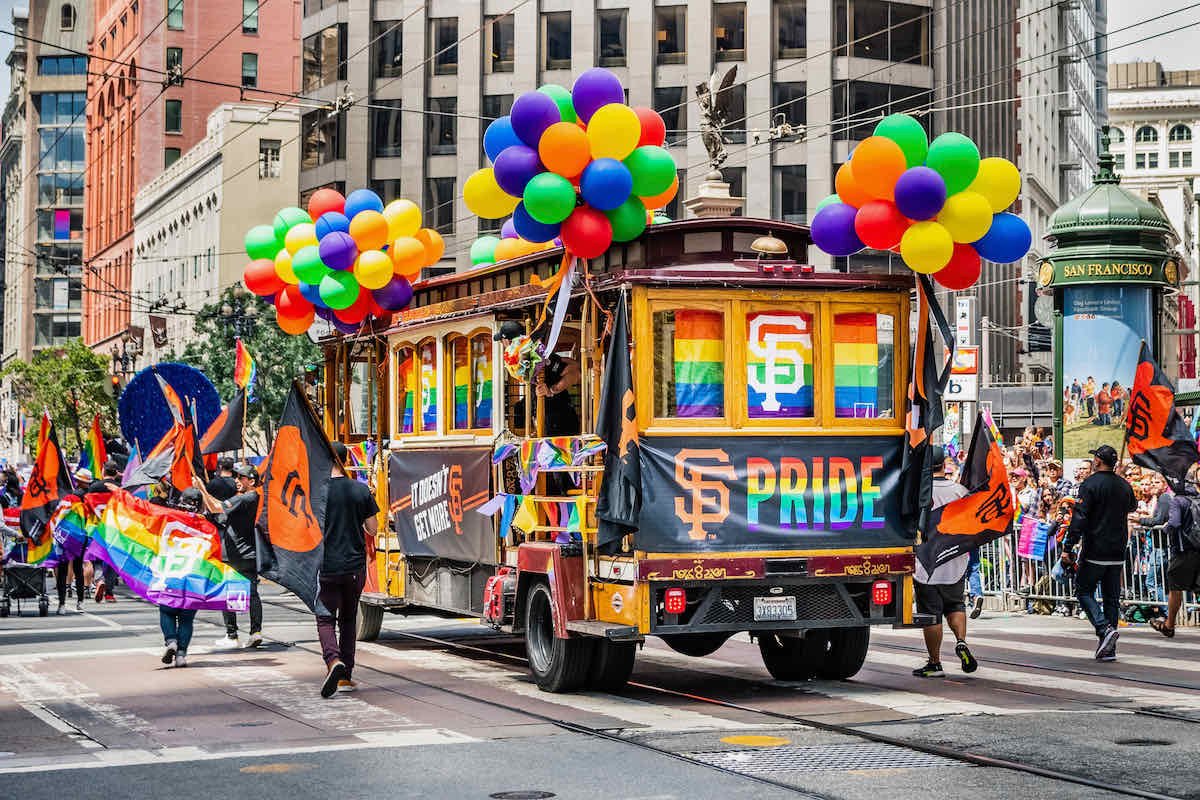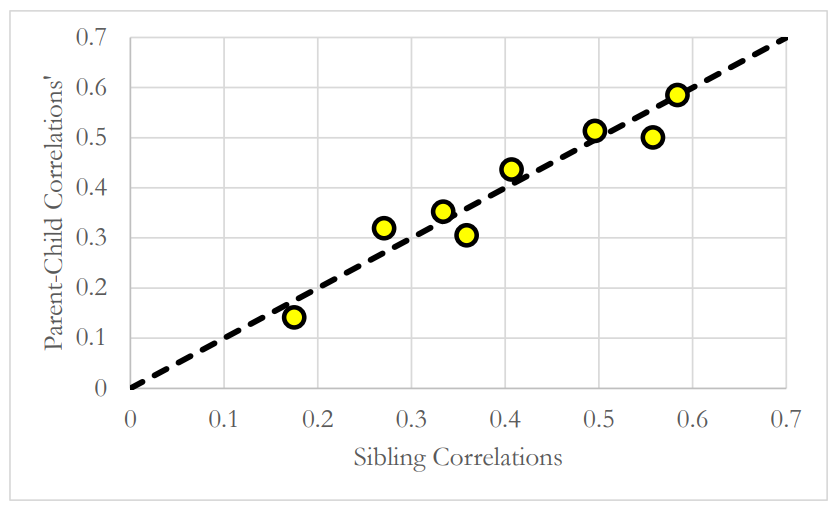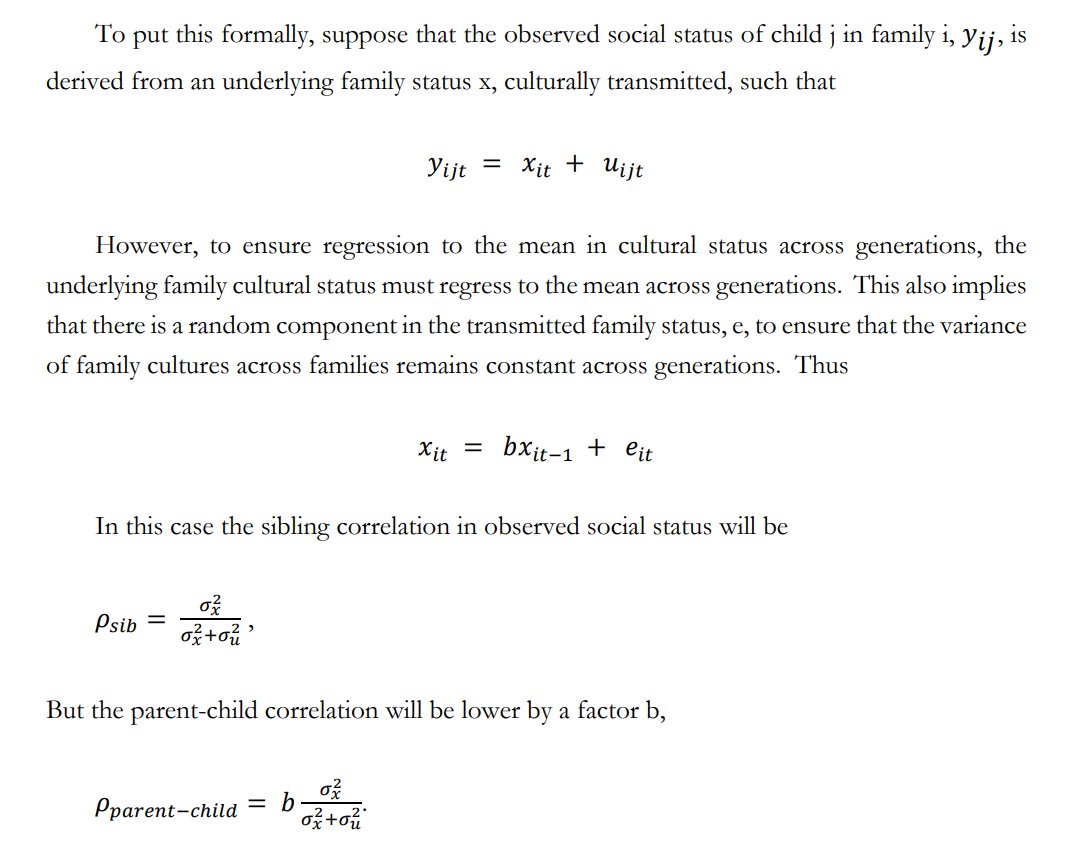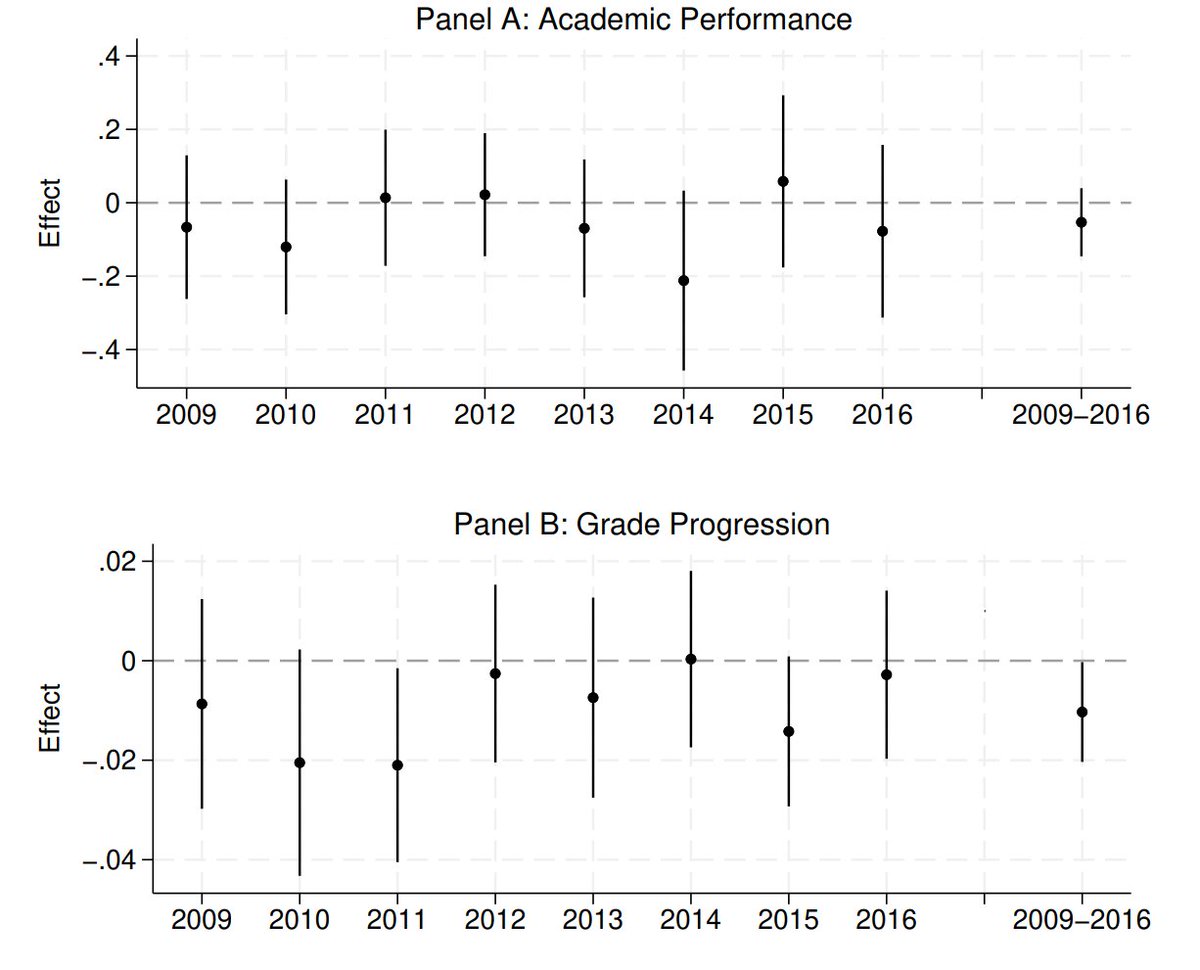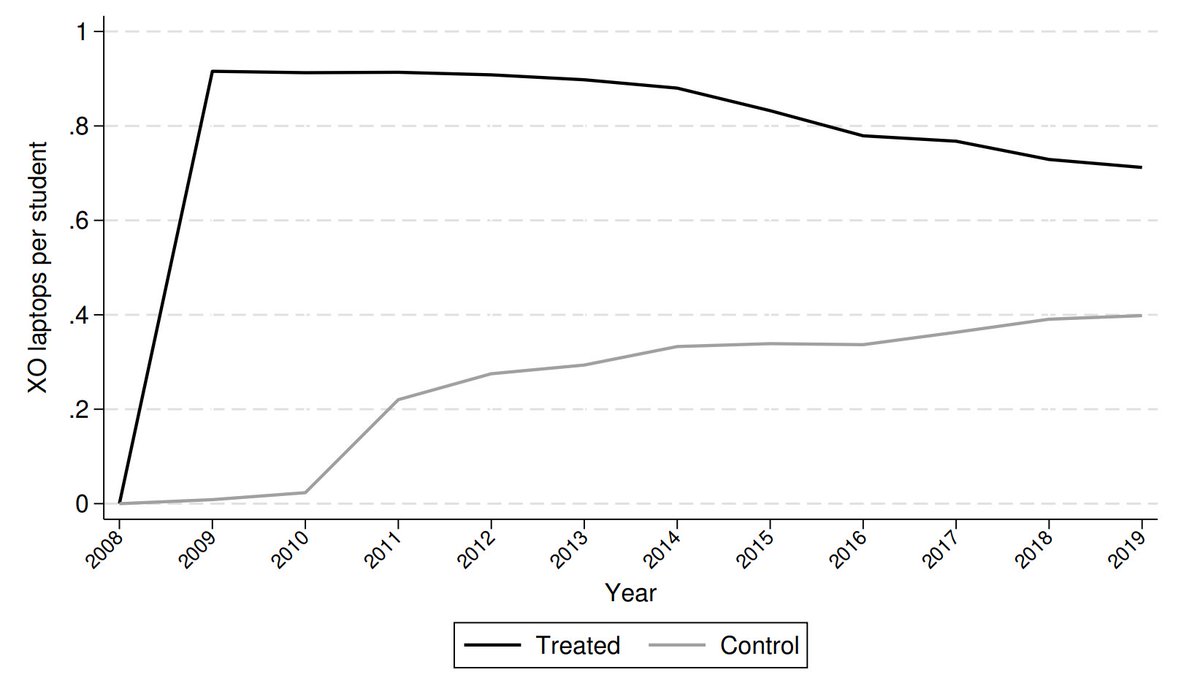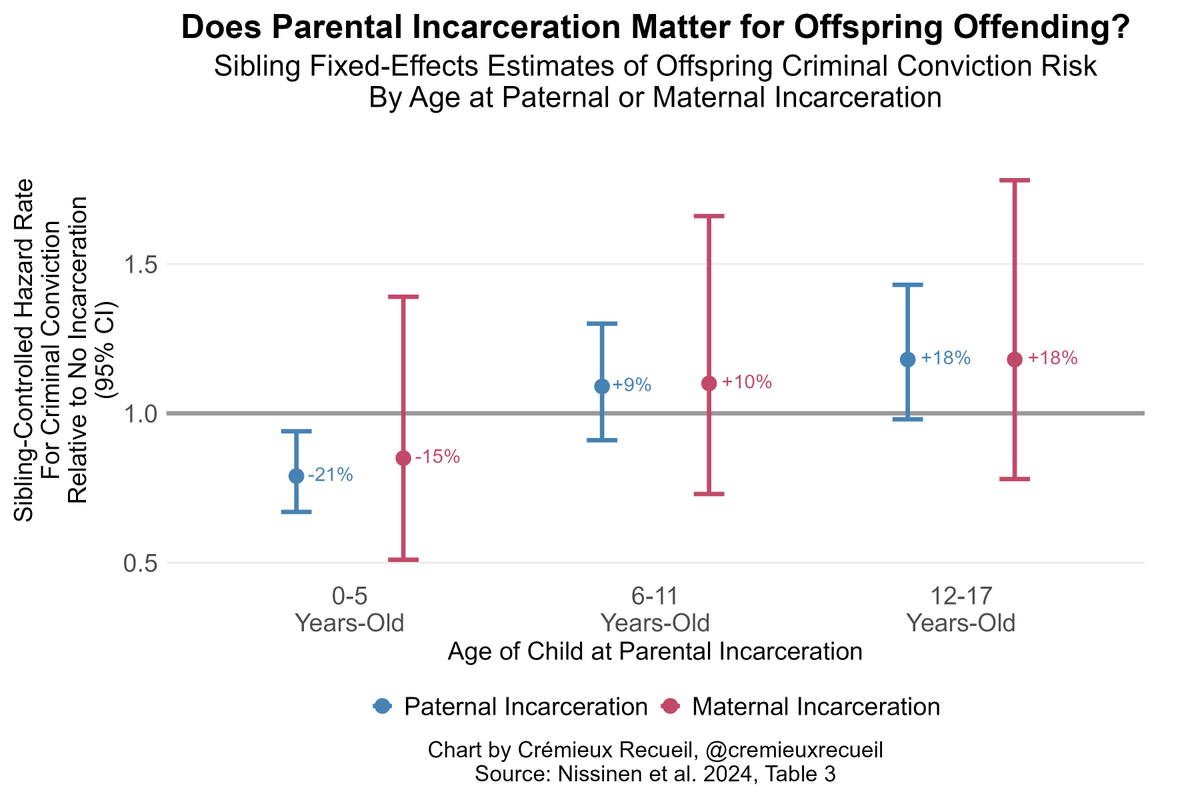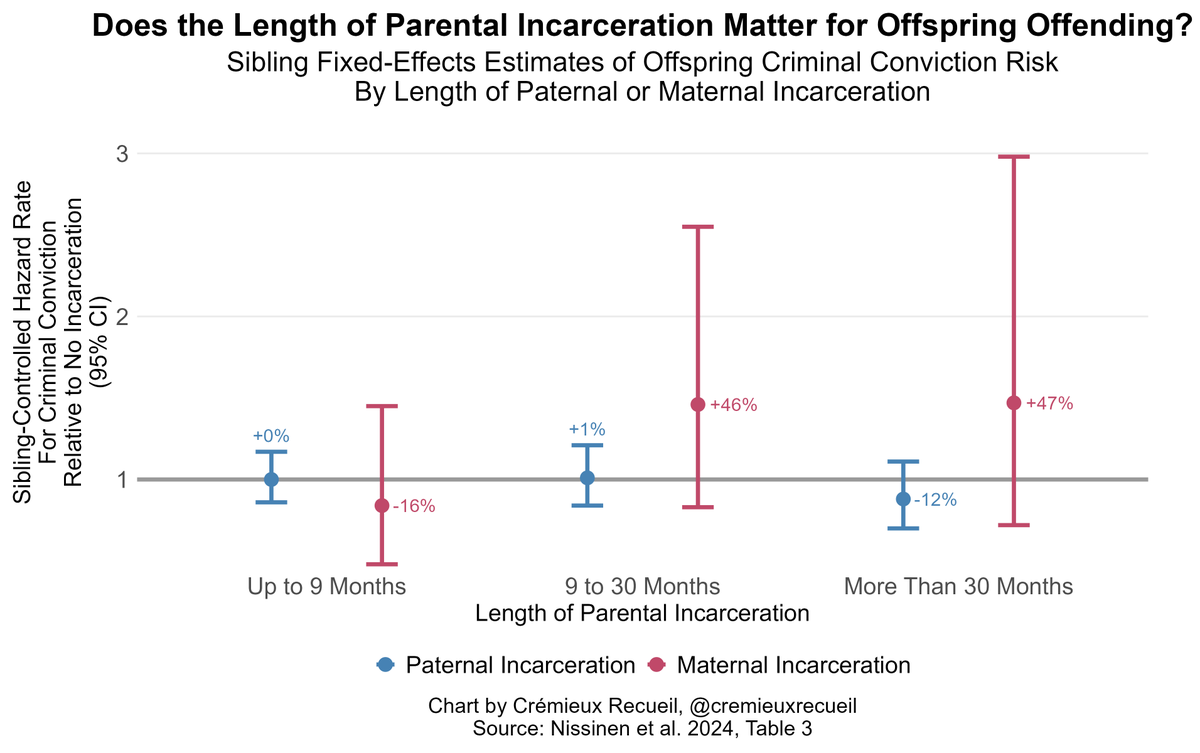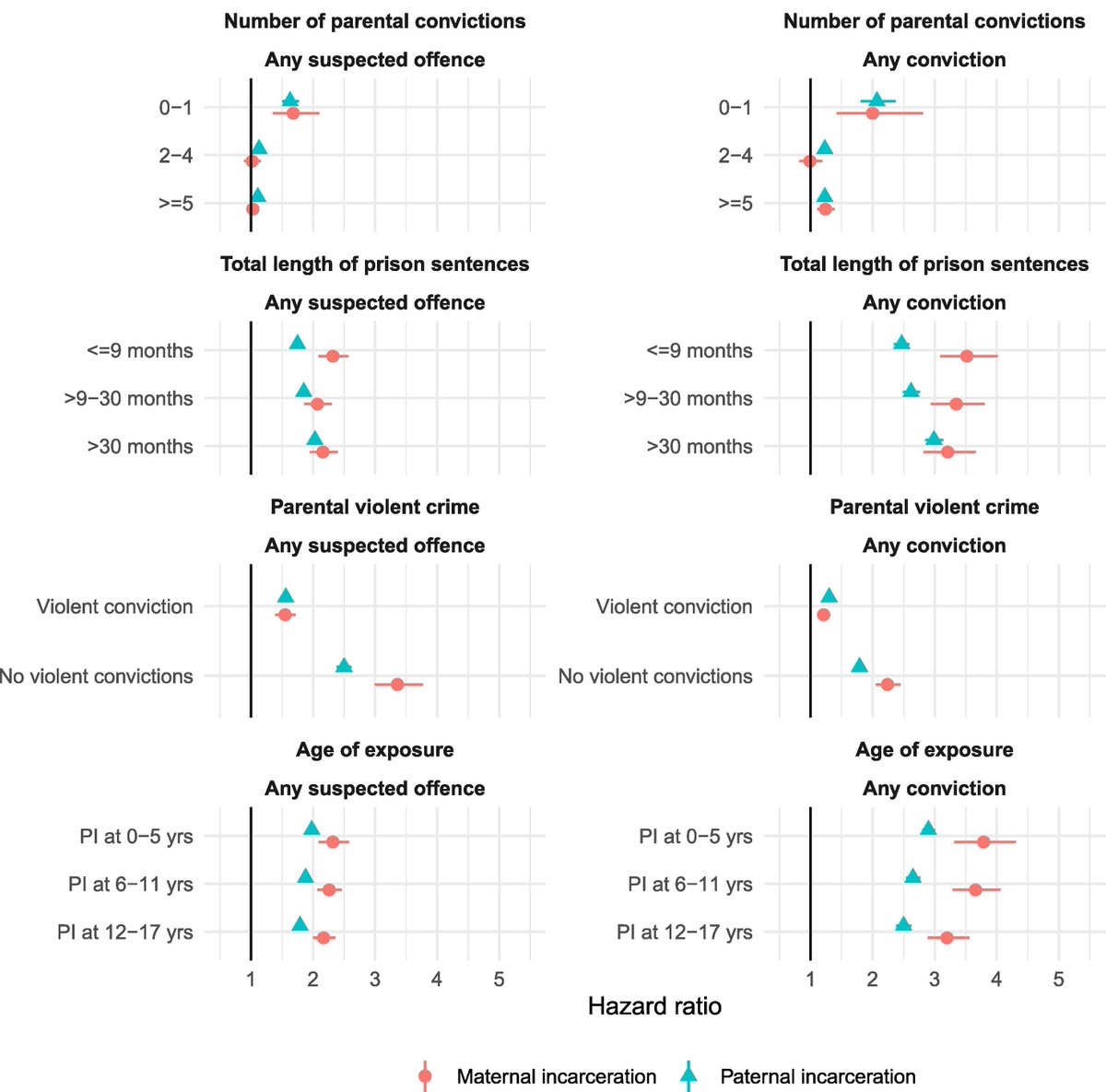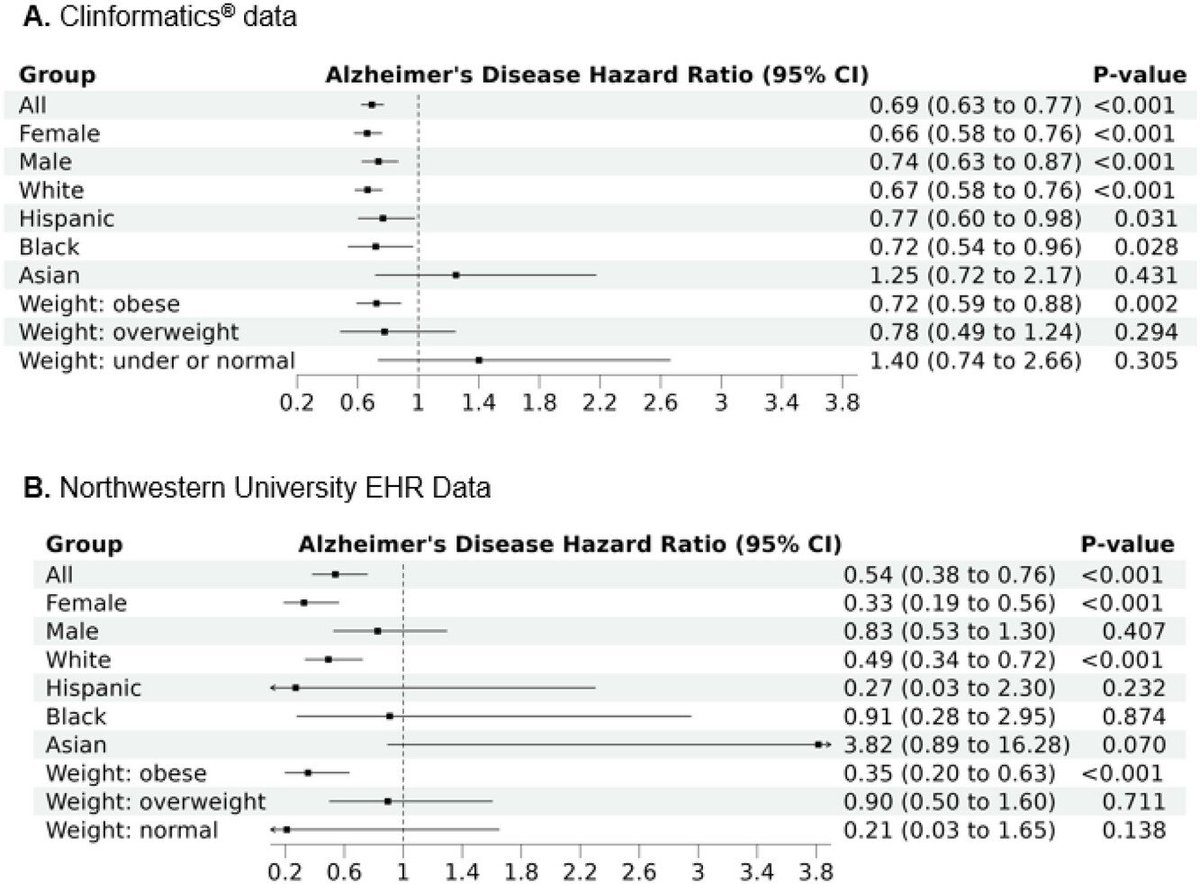In 1982, Randy Shilts published his biography of Harvey Milk, entitled "The Mayor of Castro Street".
For those who don't know, Harvey Milk was the first open homosexual to be voted into public office in the state of California.
He was on the San Francisco Board of Supervisors.
For those who don't know, Harvey Milk was the first open homosexual to be voted into public office in the state of California.
He was on the San Francisco Board of Supervisors.

The biography contains a fair bit of background, not just about Harvey Milk, but about San Francisco's gay community more generally.
In its early years, San Francisco attracted large waves of mainly male migrants motivated by the promise of gold in California.
In its early years, San Francisco attracted large waves of mainly male migrants motivated by the promise of gold in California.

Boys will be boys, and out of necessity and selectivity, these early migrants tended to be a bit more accepting of homosexuality than the people back east.
The gays among them enjoyed more license, attracting more gays, many of whom abided by the handkerchief code.
The gays among them enjoyed more license, attracting more gays, many of whom abided by the handkerchief code.

As San Francisco grew from a backwater to a bustling city of some 50,000, its licentious attitudes led to gays migrating there just to be around more gays.
This reputation was so renowned that even Oscar Wilde talked about it:
This reputation was so renowned that even Oscar Wilde talked about it:

The Spanish-American War saw thousands of young men come to call the city home, and many of these young men learned that they could make extra money escorting older men. 

But the bustling gay scene wouldn't last.
In 1906, the earthquake destroyed 80% of the city, including most of the underground gay establishments.
It also attracted church leaders who ran clean-up campaigns that were followed by even more extreme efforts during Prohibition.
In 1906, the earthquake destroyed 80% of the city, including most of the underground gay establishments.
It also attracted church leaders who ran clean-up campaigns that were followed by even more extreme efforts during Prohibition.

The campaigns against gay establishments and establishments that accepted them due to their 'looser morals' were coupled with private efforts to blackmail gay men.
Some navy men would dress up in their tightest uniforms and stake out Market Street, hoping to find gays to extort.
Some navy men would dress up in their tightest uniforms and stake out Market Street, hoping to find gays to extort.
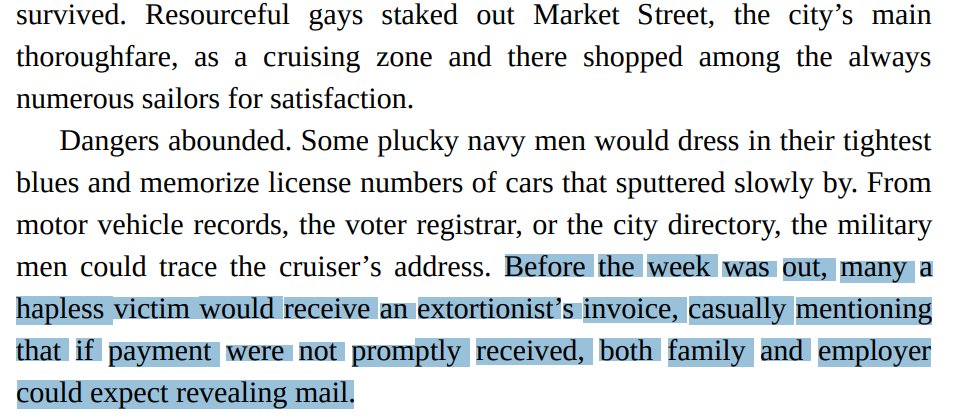
If that weren't enough, the "Lilly Laws" enforced by the police made things much worse.
One method the police used to detect homosexuals was to set up their best-looking men in the Market Street theater, a popular cruising spot.
And, well, just read this:
One method the police used to detect homosexuals was to set up their best-looking men in the Market Street theater, a popular cruising spot.
And, well, just read this:

The gays who got away with living their lives were the lucky ones. Gay living in the city had been effectively snuffed out prior to World War II even though it had such a fruitful beginning.
But notice that I said prior to World War II.
But notice that I said prior to World War II.
Starting in 1916, the U.S. military started dismissing soldiers who were found to be homosexual.
Gay soldiers, officers, and navy men alike were given blue discharges (aka blue tickets) signifying that they were dishonorably discharged and everyone was to know it.
Gay soldiers, officers, and navy men alike were given blue discharges (aka blue tickets) signifying that they were dishonorably discharged and everyone was to know it.

From the point of discharge, these men had the letter "H" stamped on all of their documents.
And I mean all their documents: if they went to the doctor, the bank, or any potential employers, everyone would know that these men were homosexuals.
And I mean all their documents: if they went to the doctor, the bank, or any potential employers, everyone would know that these men were homosexuals.
World War II was the largest mass conscription event in American history, and it was the first time the military actively sought to purge its ranks of homosexuals.
Because San Francisco was the main Pacific theatre point of debarkation, it's also where these men were dismissed.
Because San Francisco was the main Pacific theatre point of debarkation, it's also where these men were dismissed.

Tens of thousands of men from across the U.S. were discharged from the Pacific theatre and they suddenly found themselves taking up residence in San Francisco.
Because of the damage from the big letter "H" on all their documents, it wasn't feasible for most of them to leave.
Because of the damage from the big letter "H" on all their documents, it wasn't feasible for most of them to leave.
The result was a community that had no choice but to get on, openly.
If everyone knew you were gay due to the big blue letter branded on everything about you, why act like you're anything else?
So America's largest gay community was born.
If everyone knew you were gay due to the big blue letter branded on everything about you, why act like you're anything else?
So America's largest gay community was born.
This meant gays didn't hide (as often) anymore in San Francisco. This fact also attracted people who didn't want to hide to the city. 

What's more, the military labeling gays as gays gave rise to the first truly modern gay bars in America.
After all, why care about getting caught when you've already been found out?
After all, why care about getting caught when you've already been found out?

These discharges were a major injustice and their scale remains unknown because the military hasn't owned up to it.
But they are how San Francisco became incredibly gay.
If you want to know more, the book is widely available online. Go give it a read!
But they are how San Francisco became incredibly gay.
If you want to know more, the book is widely available online. Go give it a read!
• • •
Missing some Tweet in this thread? You can try to
force a refresh

